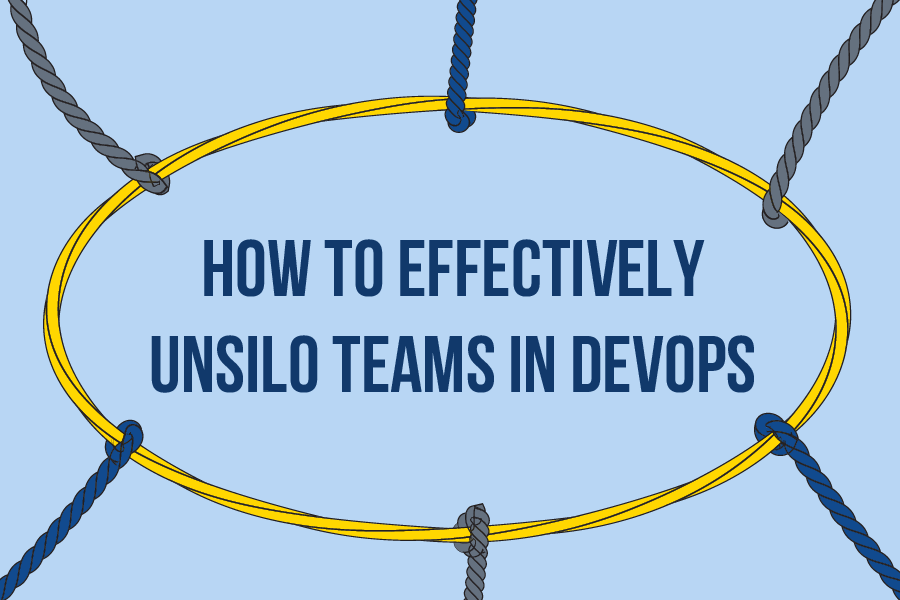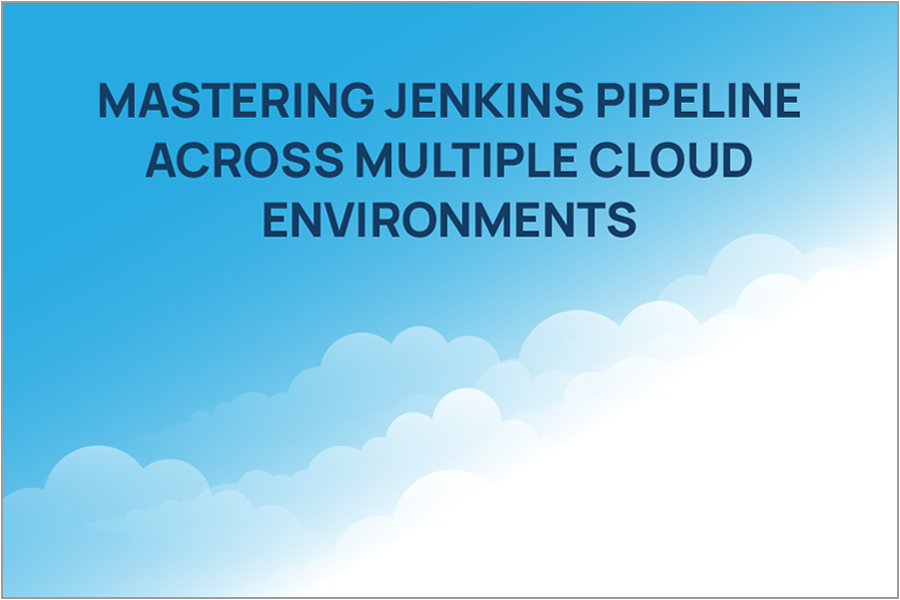As I have had the opportunity to work in environments that have emphasized the role of Continuous Integration and Continuous Delivery (and with it, the goal of achieving Continuous Testing as well), I have also had the chance to see our Operations Team focus more attention on the goals of DevOps and the methodology that lets us steer towards that goal. In many ways, we are actively working towards getting to that effective DevOps goal and each day gets us closer.
Continue readingCategory: Continuous Delivery & DevOps
How to Effectively Unsilo Teams in DevOps
As I have seen various organizations embrace a DevOps model, there are several goals that they hope to accomplish. One is the idea that by automating the process of building, deploying, and monitoring software, they can make a system that is robust and well-documented. What is the primary benefit of this? It takes that arcane and specialized knowledge that is locked inside of the brains of a single or small group of specialists and makes it available for everyone. This is in contrast to the idea that knowledge, skills, and expertise are isolated within a single person or a small group. This process of isolation is called “siloing” or placing that knowledge into a “silo.” For those not familiar with the word, silo comes from the Greek word “siros” and means “grain pit.” They are typically large structures, and their purpose is to store an item separate from other items. Common examples are wheat, dry cement powder, and other things that are beneficial to keep separate until they are needed.
Continue readingMastering Jenkins Pipeline Across Multiple Cloud Environments
Jenkins is a popular build and scheduling tool used to create software for many organizations. As such, it is common to see it used in a variety of situations and configurations. While it is common to think that organizations all use the same build server and/or Jenkins environment, many organizations use a variety of Jenkins systems, some of which are configured to run in different environments. As time goes on, there is often a desire to simplify or merge systems. If that’s not an option, then the ability to get Jenkins to communicate with or transition pipelines to different environments becomes something to consider.
Continue readingContinuous Quality – Ethical Aspects of Software Testing
Daily, we are pushing the boundaries of how fast we can deliver software. Delivering something new, better, faster than our competition can mean incredible payoff and we are constantly being asked to cut costs and deliver more, faster, cheaper. But then suddenly you wake up to 189 dead in a plane crash or having to take down and redesign your entire banking service because the architecture didn’t hold up to the load.
continue reading



